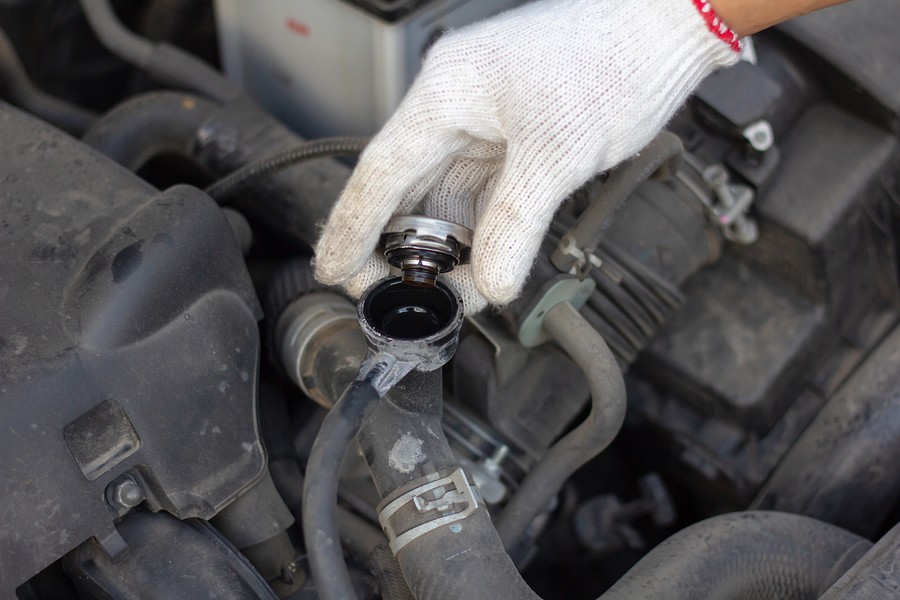

Can’t Find A Coolant Leak? Here’s How To Stop Your Car From Losing Antifreeze There aren’t many symptoms to look for, but if you find the source, you may see trace amounts of white residue left behind. Since coolant is a mix of 50/50 antifreeze and water, it can evaporate if it drips on hot engine components. Pinhole leaks may only cause a few drops of coolant loss per month, hardly enough to leave a puddle.Ĭoolant will escape as liquid or steam, depending on the leak’s location. #4: Coolant Leak Is Too Small To Notice And May Be EvaporatingĪnother reason your car could lose coolant with no leak and no overheating symptoms is that the leak is too small to notice. A turbo “boost” indicator may also light up on the dash or, in some cases, a check engine light. Other signs of a turbo seal leak include reduced engine power and whining noises from the turbocharger.

Some turbos are also cooled by a mix of engine oil, which, after burning up in the engine, will exit the tailpipe as black smoke. Like a blown head gasket, turbo seal leaks are often internal, meaning you’ll have coolant loss but no visible leak. Specific to turbocharged cars, if the seals between the compressor and engine become worn, they may leak into the turbo and combustion chambers.

#3: Worn Turbo Seals Allow Coolant Into Exhaust System Image credit: DieselPowerSource/YT Yet, a leaky cap can cause the radiator hose to collapse, restricting coolant flow and overheating the engine.Īnother unique sign you may notice if coolant leaks from the radiator cap is a sweet scent coming from the engine. Radiator cap leaks are usually small, often resulting in losing coolant with no leak and no overheating symptoms. Yet, if the cap isn’t sealing correctly, pressurized coolant may seep out as steam. The radiator’s job is to cool hot antifreeze as it flows through. If coolant is disappearing but no leak is present, the issue may stem from a bad radiator cap. #2: Coolant Seeps Out Of Bad Radiator Cap As Steam Other symptoms of a blown head gasket include overheating, engine knocking, and misfiring. Moreover, coolant may also mix with the engine’s oil, giving it a milky appearance. The coolant residue exits through the exhaust system and out the tailpipe as white smoke. Most head gasket leaks are internal, meaning coolant seeps into the combustion chambers and burns up instead of pooling on the ground. If your coolant level is low, but no leak is visible, the head gasket may be cracked. Your car’s head gasket is what seals the link between the engine block and cylinder head, allowing coolant to pass through. 4 Causes Of Coolant Loss With No Visible Leaks #1: Head Gasket Leaks Directly Into Combustion Chambers


 0 kommentar(er)
0 kommentar(er)
